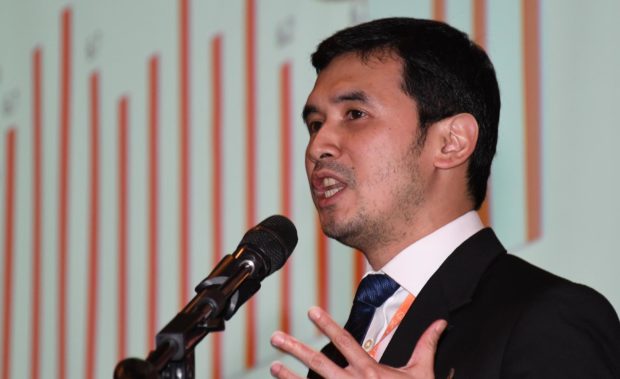PH likely to end year with a strong GDP growth

After hitting a speed bump in the first half, the Philippine economy will likely grow at a faster pace of 6.6 percent year-on-year in the fourth quarter to attain a full-year expansion of 6 percent despite global headwinds, an economist from Dutch financial giant ING said.
In a research note, economist Nicholas Mapa said after the slump in the first six months, “growth momentum has returned in time for the economy to finish the year on a strong note” as a still sluggish capital formation was offset by a heavy dose of consumption and revamped government spending.
“Fiscal spending working in tandem with additional easing from the BSP (Bangko Sentral ng Pilipinas) will help the Philippines hit its growth targets for both 2019 and 2020, even as external headwinds threaten the global economy,” Mapa said in a research note issued on Wednesday.
In the coming quarters, ING expects growth to accelerate on the back of double-headed stimulus from both the fiscal and monetary sectors, while household consumption is expected to remain vibrant as inflation remains well within BSP’s 2-4 percent target, Mapa said.
After the delayed passage of the 2019 spending bill, government spending has come back with a vengeance with state expenditures helping salvage the third quarter growth print. Philippine gross domestic product (GDP) grew by 6.2 percent year-on-year in the third quarter, beating consensus forecast. This brought average growth in the first three quarters to 5.8 percent, still below the government’s 6-7 percent full-year growth.
“With the 2020 P4.1-trillion budget set for early passage and the probable extension of the 2019 budget, the fiscal push in 2020 should be reminiscent of 2018,” Mapa said.
Mapa added that the BSP’s monetary easing—having slashed the overnight borrowing rate by 75 basis points and reducing reserve requirements by 400 basis points this year—would also come into play in the coming year.With inflation still within target and given the higher growth aspirations of the government, ING expects BSP to remain “accommodative” with up to 50 basis points worth of overnight borrowing rate cuts and 200-basis point worth of reductions to the reserve requirement in 2020 to support growth momentum.
Meanwhile, ING forecasts inflation to remain within the BSP’s 2-4 percent target throughout 2020 on improved supply conditions and due to new legislation that removed quotas on rice imports.
“Recent flip-flopping from the President on rice importation is a cause of concern but the final decision was to carry on with rice importation with stricter implementation of sanitary conditions,” Mapa said.
Mapa also said that after rebounding this year, the Philippine peso would likely face renewed headwinds as the current account deficit is expected to widen in 2020 on an acceleration in imports and with the BSP expected to continue cutting policy rates.
ING expects the peso to settle at 51.68 against the US dollar by end-2019 on strong corporate demand for the dollar and eventually at 53.25 by end-2020 with the current account deficit story back in play.